The lifespan of trees varies greatly. Almost all trees outlive us, humans, and some of them can reach very old age (thousands of years!) depending on their species. Here is a list of the oldest trees in the world.


The lifespan of trees varies greatly. Almost all trees outlive us, humans, and some of them can reach very old age (thousands of years!) depending on their species. Here is a list of the oldest trees in the world.

A significant proportion of the world’s population has little to no access to clean water, and the water consumed by industrial activities continues to grow. Researchers from the Nanotechnology Enabled Water Treatment (NEWT) Center, which is headquartered at Rice University, are developing cutting-edge water purification technologies that can provide communities with access to clean and safe drinking water. They are also creating new wastewater treatment methods that allow the reuse of industrial effluent, to minimize freshwater withdrawals by industries. Instead of conventional methods that use large amounts of chemicals and energy, NEWT technologies are chemical-free, and often utilize solar energy.
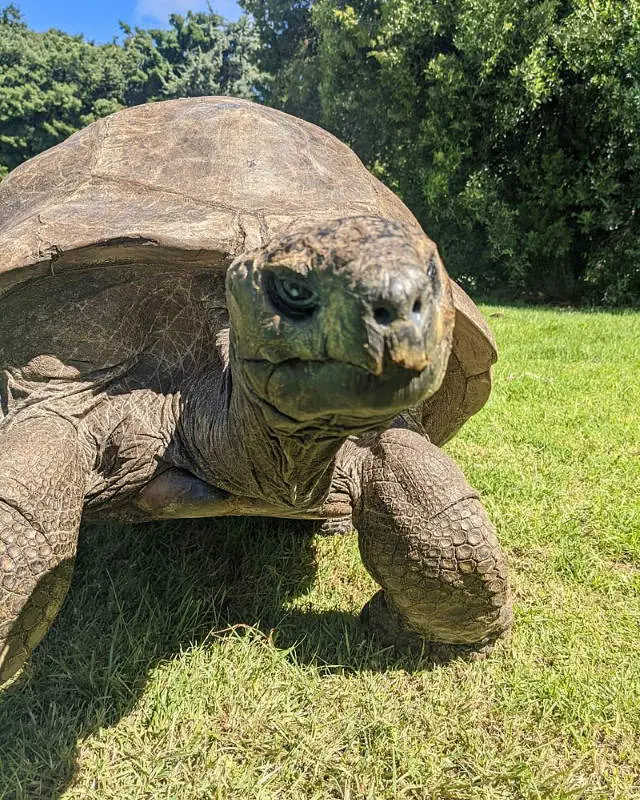
Humans can live up to 100+ years – which is pretty remarkable. But, some animals even outlive us. Here are the top 10 longest-living animals in the world.
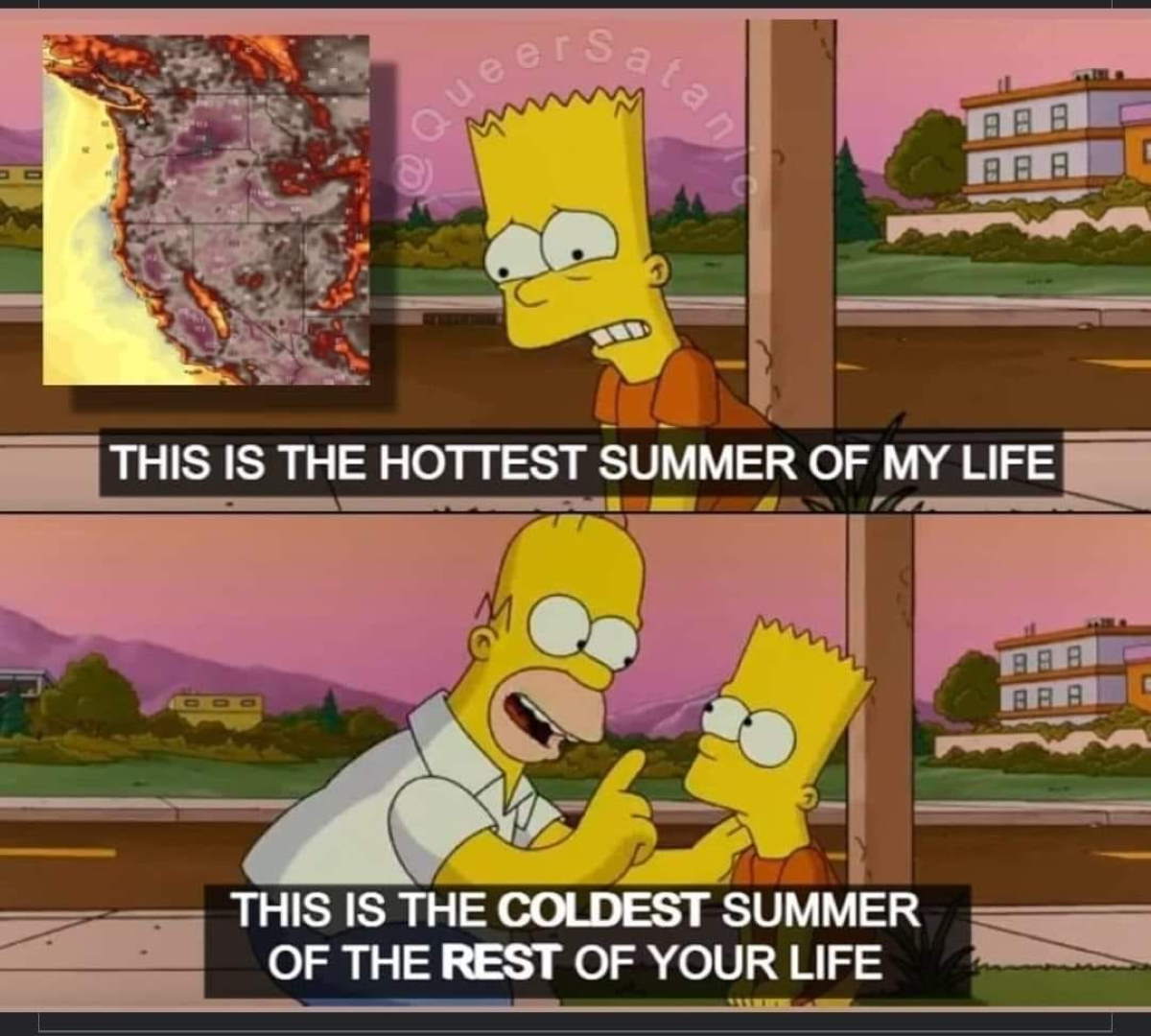
A very worrying The Simpsons meme about global warming. Jokes are sometimes hit hard.
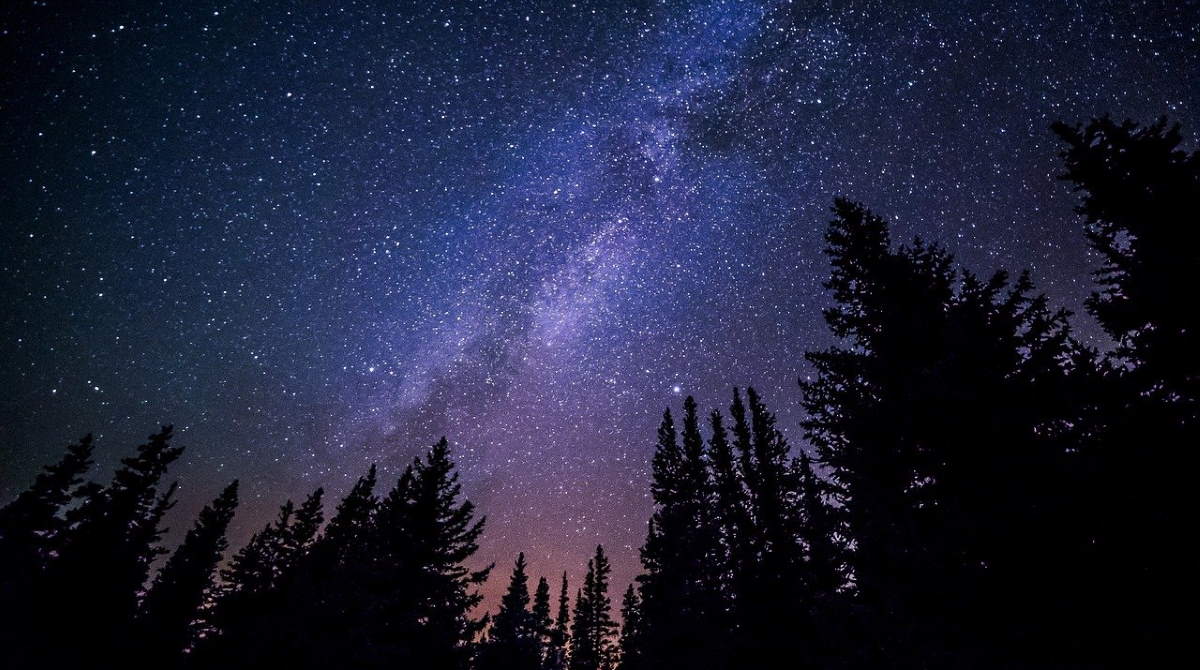
It is all around us. Every day in our lives we are in contact with it. In fact, we are made from it: ancient stardust.
All the atoms around us have witnessed the most violent explosions in the universe. Their journeys through space are the longest, roughest and loneliest voyages imaginable.

When most people think of construction materials, one of the first things that come to mind is concrete. This is not surprising when you realize that concrete is the most commonly consumed product on Earth after water.
Despite its popularity, however, concrete has adverse effects on the planet and its health. It releases a dangerous amount of carbon dioxide into Earth’s atmosphere, with the concrete industry making up 8% of overall global emissions.
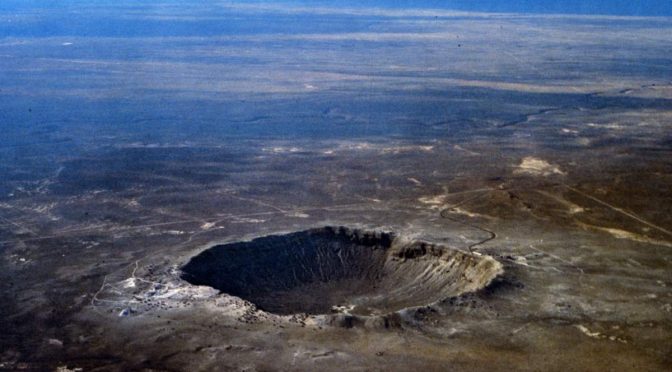
Ever since the planets first formed, they have been bombarded with space rocks. Asteroid and cometary collisions are so powerful that planetary surfaces fracture and melt beneath them, leaving behind huge craters. These impact events have played an important role in our planet’s history, by shaping the geological landscape, producing valuable minerals, and affecting the evolution of life. Dr. Gordon “Oz” Osinski from the University of Western Ontario, Canada, aims to understand this fundamental process on Earth, Mars, and the Moon – with important implications for space exploration, mining, and understanding the origins of life.

Zhurong, the China National Space Administration’s Mars rover sent a historic selfie from the surface of the red planet: the rover went forward, placed a camera on the ground, and went back towards the Tianwen-1 lander for an amazing group photo – quite an effort!
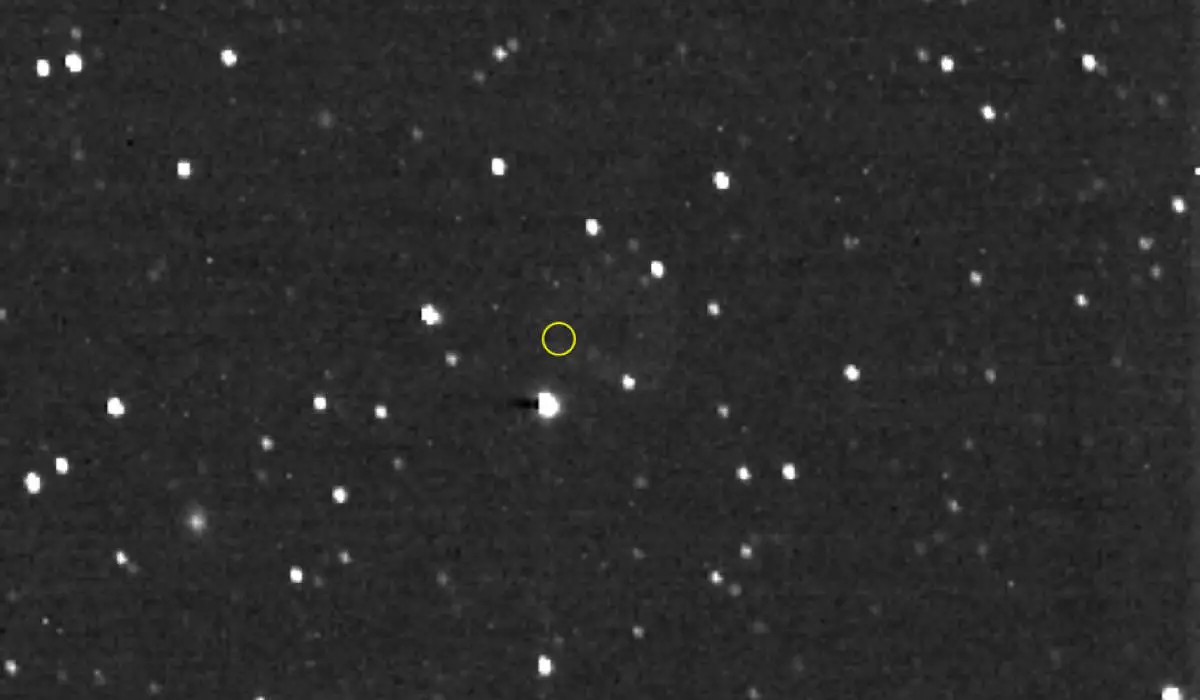
On December 25, 2020, NASA’s New Horizons spacecraft pointed its Long Range Reconnaissance Imager in the direction of its predecessor, the Voyager 1 spacecraft, and photographed its location from the Kuiper Belt. Launched on September 5, 1977, Voyager 1 is the farthest human-made object and the first spacecraft to actually leave the solar system.
In fact, according to NASA, Voyager 1 itself is about 1 trillion times too faint to be visible in the image taken by New Horizons, its location is known precisely due to NASA’s radio-tracking (see: how far can Voyager 1 go before we lose contact?). As of April 2021, it is more than 152 astronomical units (AU, see notes 1) from the Sun.
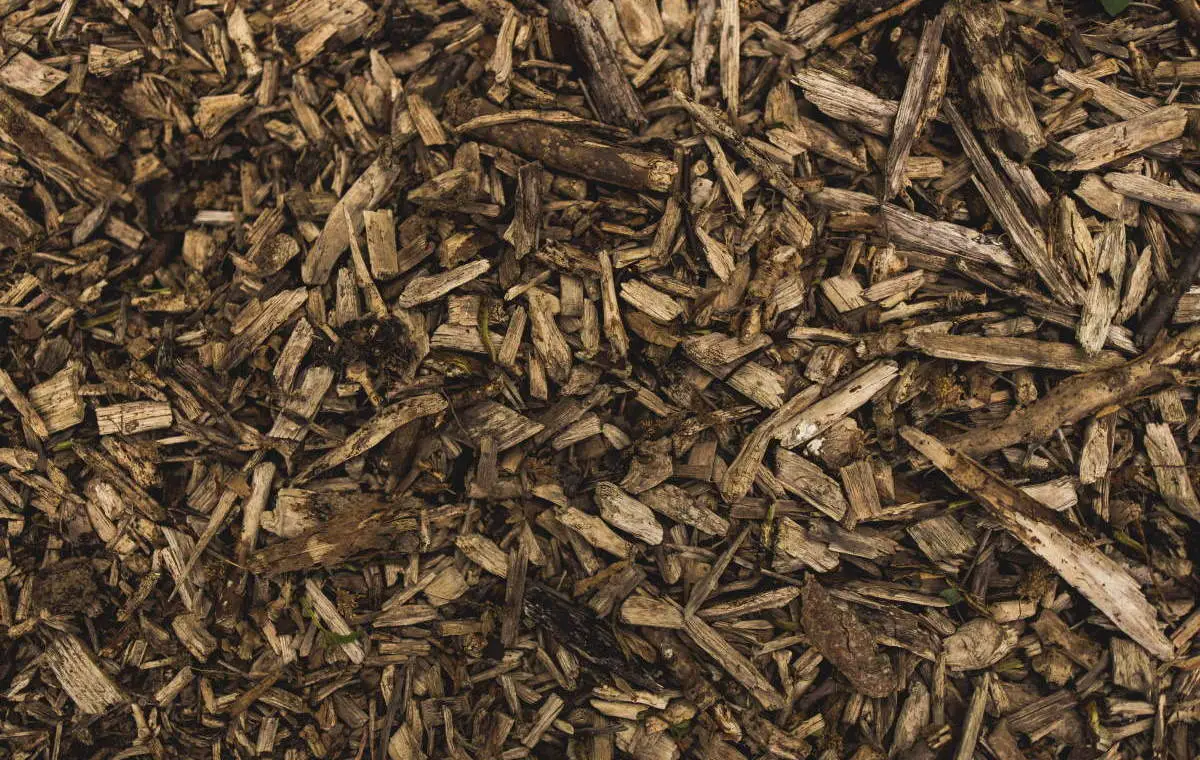
Trees, crops, and even organic waste can be transformed into a bewildering array of plastics to use in products ranging from single-use bags to heavy-duty aeroplane wings.
by Alex Whiting